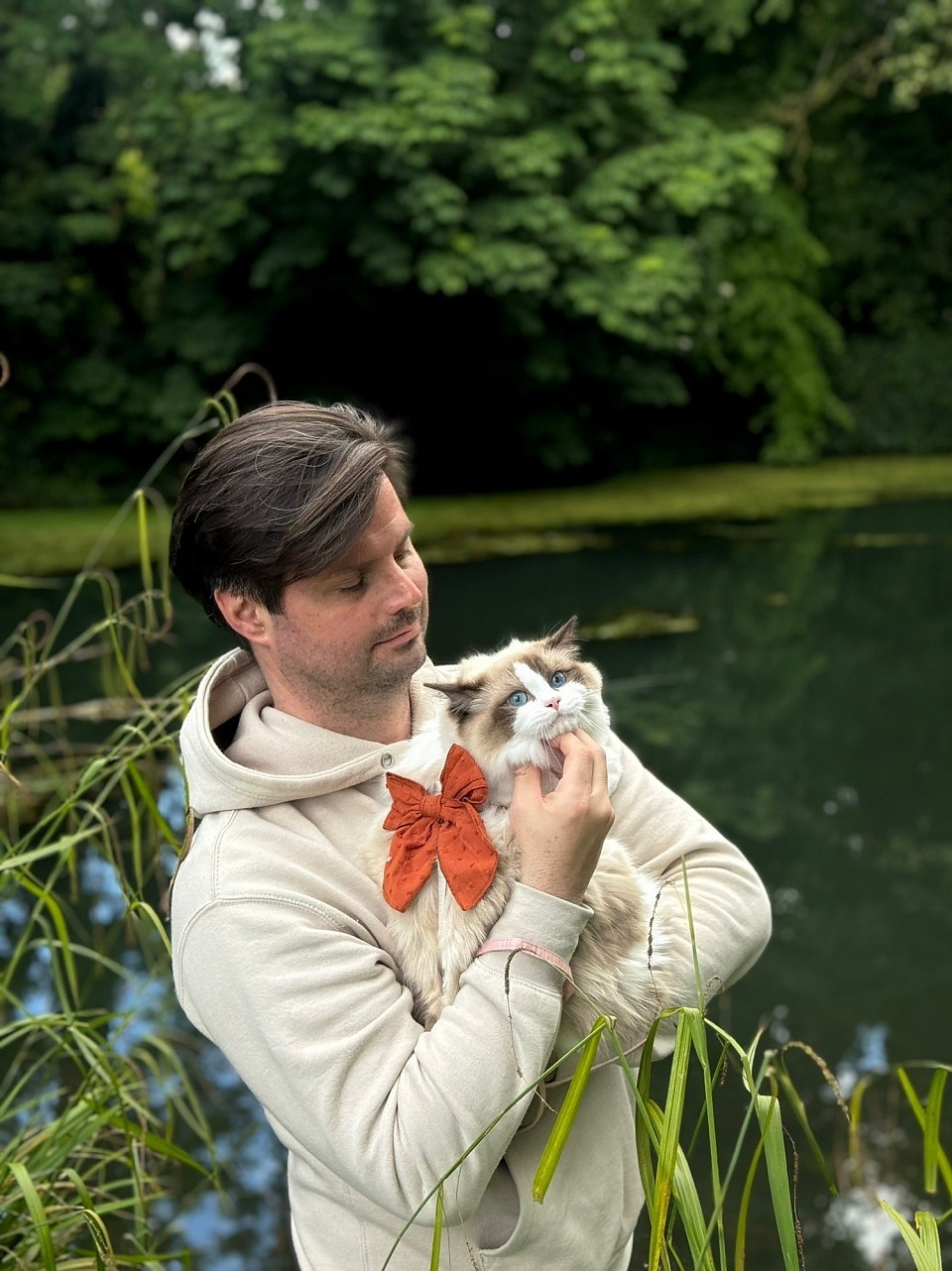About the Breed
The Ragdoll is a large cat breed with semi-long silky hair and bright blue eyes.
The Ragdoll head is a large, modified wedge with a slightly curving profile, and vivid blue oval-shaped eyes. Ragdolls are slow-maturing, reaching full coat color at two years, and full size and weight at four. While it is not unusual for a mature male’s weight to reach or exceed 9kg, females are usually smaller.
“The Ragdoll is a relaxed, happy cat and, like a child’s ragdoll, many of these cats will go limp in your arms and flop like a stuffed doll when cuddled.”-The International Cat Association
The Ragdoll cat breed gets its name from the breed’s relaxed temperament, but still have a playful personality when they are young. When Ragdolls play, they tend to be more gentle than other cat breeds by not extending their claws.
A Ragdoll’s calm nature makes them great pets for families with children or other pets.
Ragdolls tend to be a more social breed by following their owners from room to room. Since Ragdolls crave social interaction, it is suggested to have another cat for your Ragdoll to interact with if you plan to be gone the majority of the day.
Ragdoll Cat Breed Traits
Ragdolls are loving without being demanding. as well as gentle, calm and sociable. Owners have been known to say their cats are kittens that never quite grow up; they are not only playful but very trainable and can be taught to fetch and come when called. You can expect a Ragdoll to greet you when you come home and stay close to your side. Many even sleep with their owners. Some also say they are attuned to their people’s emotional needs, making them not just devoted but supportive companions.
Moderately active, Ragdolls appreciate play sessions but do not insist upon them. They adapt easily to most environments, and do not need a lot of living space. Because it is rare for a Ragdoll to be aggressive or temperamental, they make excellent pets for children and get along well with other animals. However, their trusting nature means they should be introduced with extra care to existing cats or dogs, who might not be quite as gentle. They are not talkative cats, but may greet you with a soft mew from time to time.


